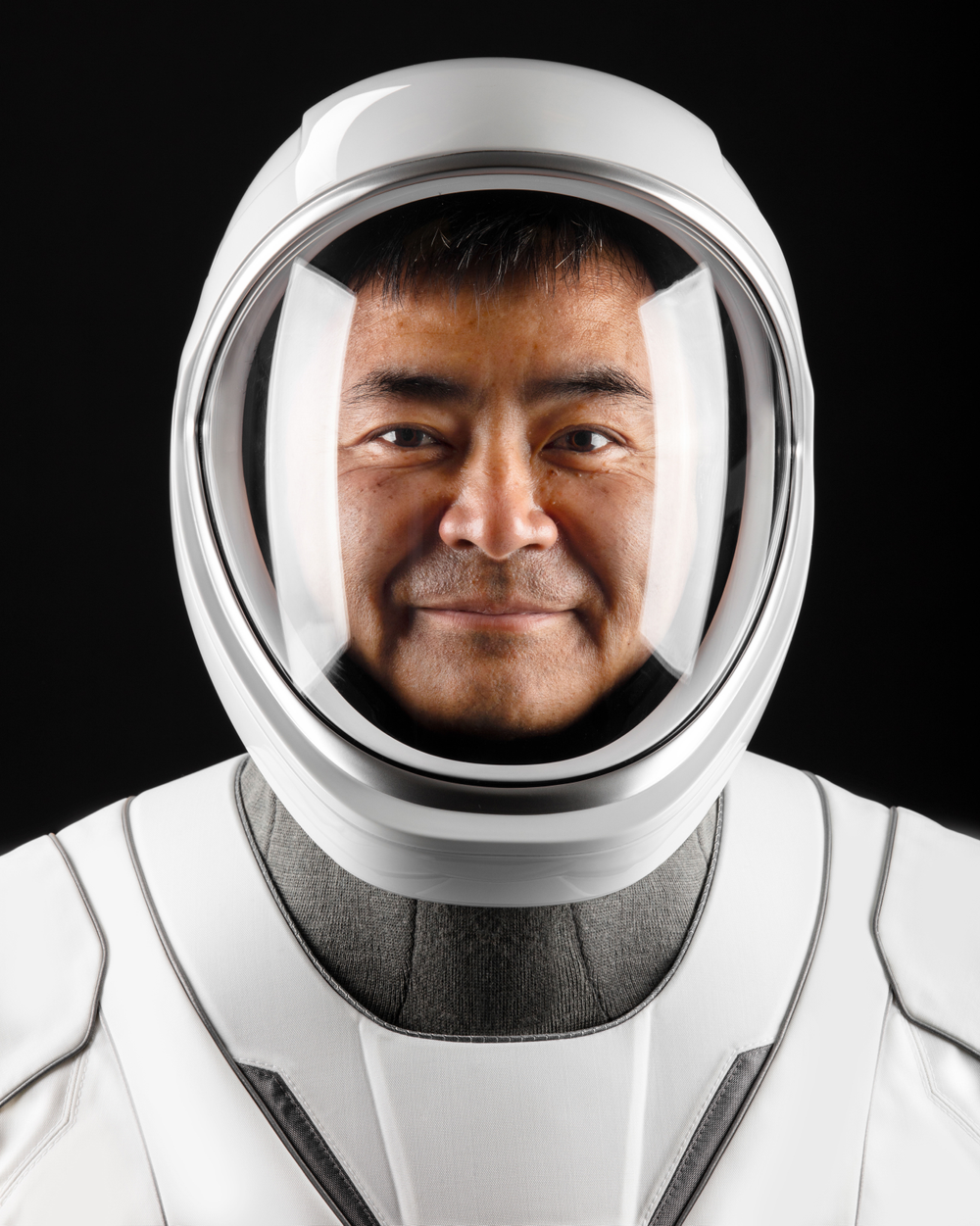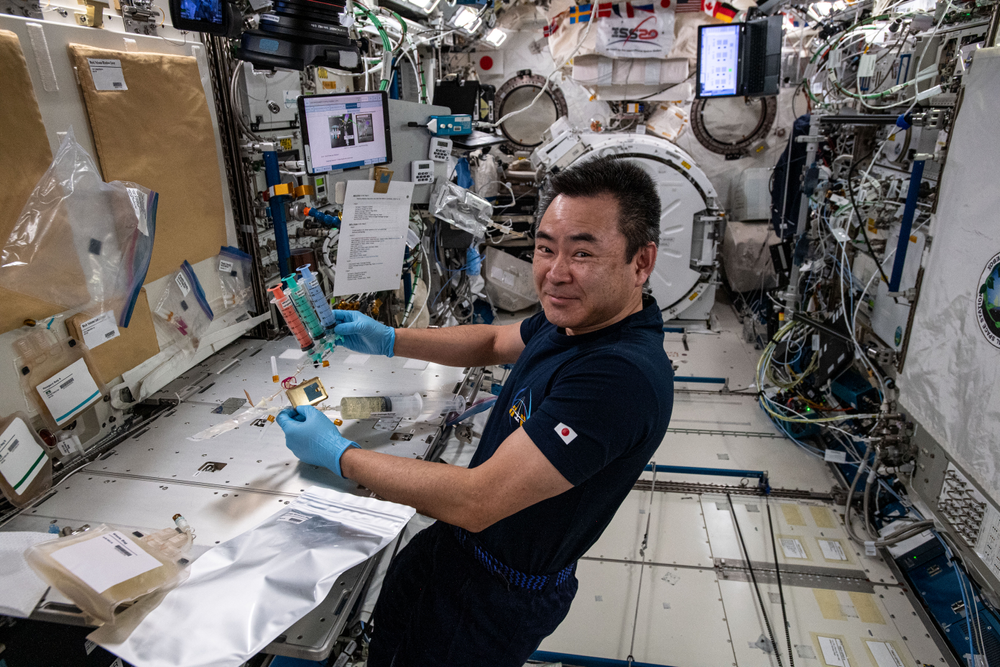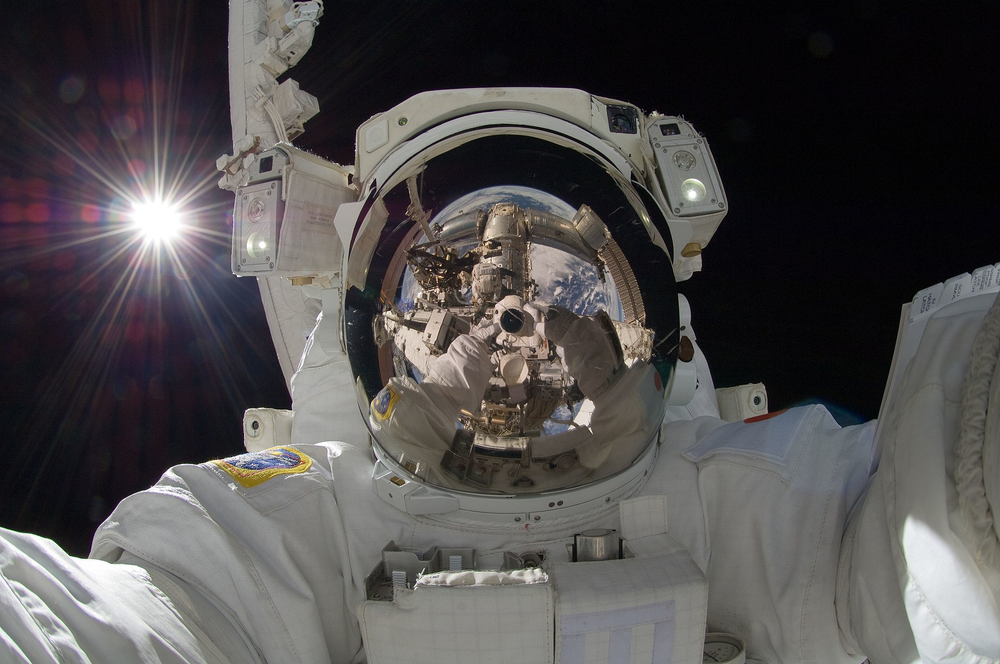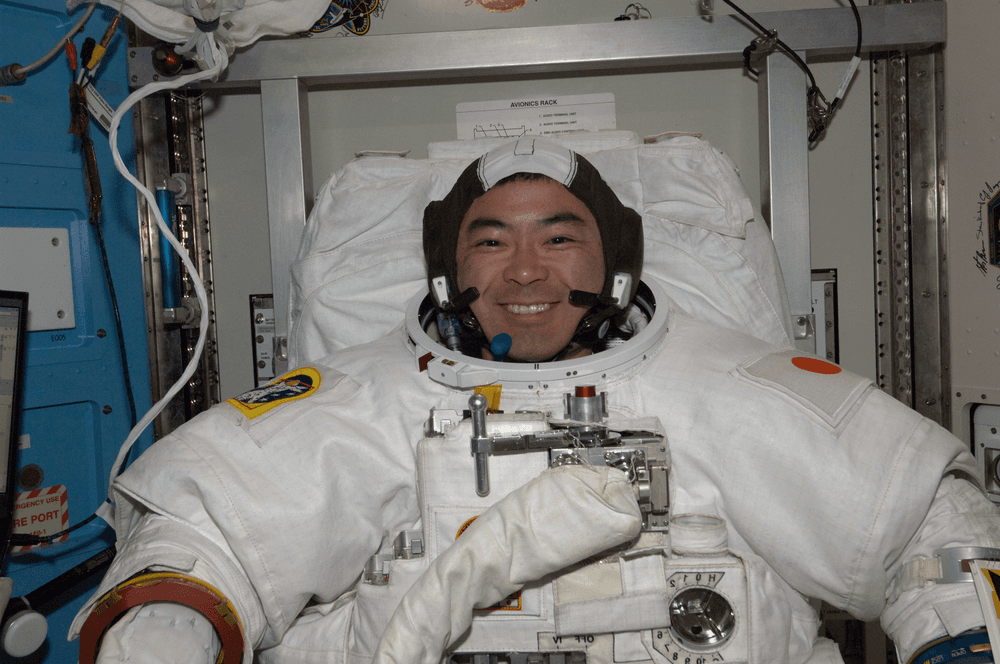Meet JAXA Astronaut Akihiko Hoshide
On July 21, 2023, Vanessa Wyche, center director of NASA’s Johnson Space Center, attended the commendation ceremony held by the Japanese Foreign Minister to honor astronaut Akihiko Hoshide for his position as director of JAXA’s (Japan Aerospace Exploration Agency) Houston Office. The event celebrated Hoshide’s notable achievements in promoting U.S. - Japan space cooperation.
“Throughout Aki’s accomplished career, he has exemplified leadership and dedication to mission excellence,” said Wyche. “NASA and JAXA have a long history of continued cooperation in space exploration. I have no doubt that Aki will guide JAXA to new heights of success in this role.”
NASA and JAXA have maintained a longstanding partnership with a common objective of exploring on and around the Moon as part of the Artemis program. Additionally, Japan, Canada, and participating countries from ESA (European Space Agency) confirmed their commitment to supporting the ongoing operations of the International Space Station until 2030.

“Working together toward a common goal helps you overcome even the biggest challenges. I’ve seen it first-hand by watching talented, dedicated people in the space industry get together to solve problems.” - Akihiko Hoshide
The U.S. and Japan signed the Framework Agreement for Cooperation in the Exploration and Use of Outer Space on Jan. 13, 2023, a collaboration 10 years in the making. Bill Nelson, NASA administrator; Antony Blinken, U.S. secretary of state; Kishida Fumio, prime minister of Japan; Hayashi Yoshimasa, foreign minister of Japan; and other dignitaries, as well as NASA astronaut Anne McClain and Hoshide, were present for the agreement signing at NASA Headquarters. This partnership builds upon years of peaceful and fruitful space cooperation, reflecting a shared vision to advance scientific progress and human space exploration.
“I hope to contribute toward U.S. and Japan collaboration as we focus on the common goal,” said Hoshide. “The beauty of international cooperation is that we supplement each other. We couldn’t do projects this big alone.”

Hoshide began his career in the space industry in 1992 when he joined the National Space Development Agency of Japan, now known as JAXA. Initially working as an engineer, he helped develop the H-II launch vehicle and provided technical support to the Japanese astronauts. In 1999, Hoshide was chosen as a Japanese astronaut candidate for the International Space Station.
Born in Setagaya, Tokyo, Japan, Hoshide established connections in Texas while supporting JAXA astronaut Koichi Wakata on his first space shuttle mission at Johnson Space Center. He later pursued a Master of Science in aerospace engineering in 1997 at the University of Houston Cullen College of Engineering in Houston, Texas.
During his childhood, Hoshide’s interest in space was ignited when his father took him to NASA’s Kennedy Space Center in Florida. This experience instilled in him a deep desire to be involved in the space industry. At that time, popular science fiction shows like the original ‘Star Trek’ series and the release of ‘Star Wars’ further fueled his passion. The combination of science fiction and real-world space exploration inspired him to merge his love for art and engineering.

A veteran of three missions, Hoshide has worked more than 30 years in the space industry and traveled to the orbiting laboratory three times, aboard the Space Shuttle Discovery in 2008, the Soyuz spacecraft in 2012, and NASA’s SpaceX Crew-2 Dragon spacecraft in 2021. Throughout these missions, he served as a mission specialist, flight engineer, and ultimately assumed command of the space station during Expedition 65.
During his time in space, Hoshide accomplished significant tasks, such as delivering the Pressurized Module and robotic arm of the Japanese Experiment Module, or Kibo, to the space station and deploying small satellites. He also conducted four spacewalks and accumulated 340 days, 11 hours, and 41 minutes in space.
“All my memories revolve around getting to know people and making friends. In this job, you get to travel and meet cool people through your training, operation, and at technical meetings,” said Hoshide. “Working as a team and embracing new technologies is the biggest reward of my job.”
When asked about his motivation to become an astronaut, Hoshide explains that it is an investment for future generations. He believes that venturing into space opens endless opportunities, including advancements in science, technology, and the development of new cultures. “I am very privileged to be part of the space program where we work toward contributing to humankind,” emphasizes Hoshide. His ultimate goal is to provide opportunities and inspire the next generation to witness and explore these possibilities.










